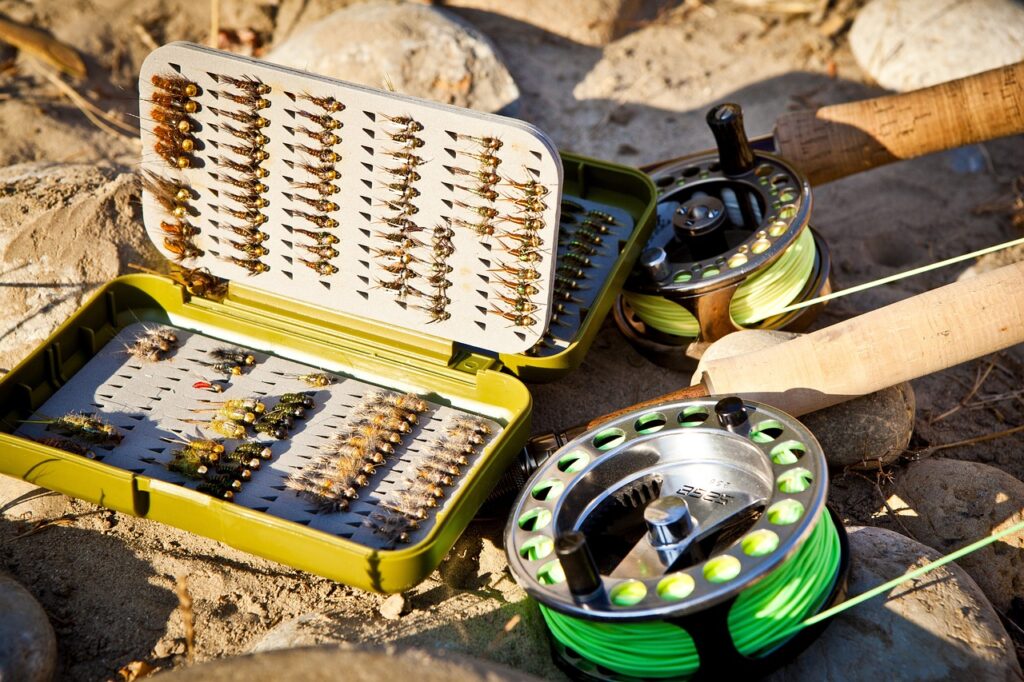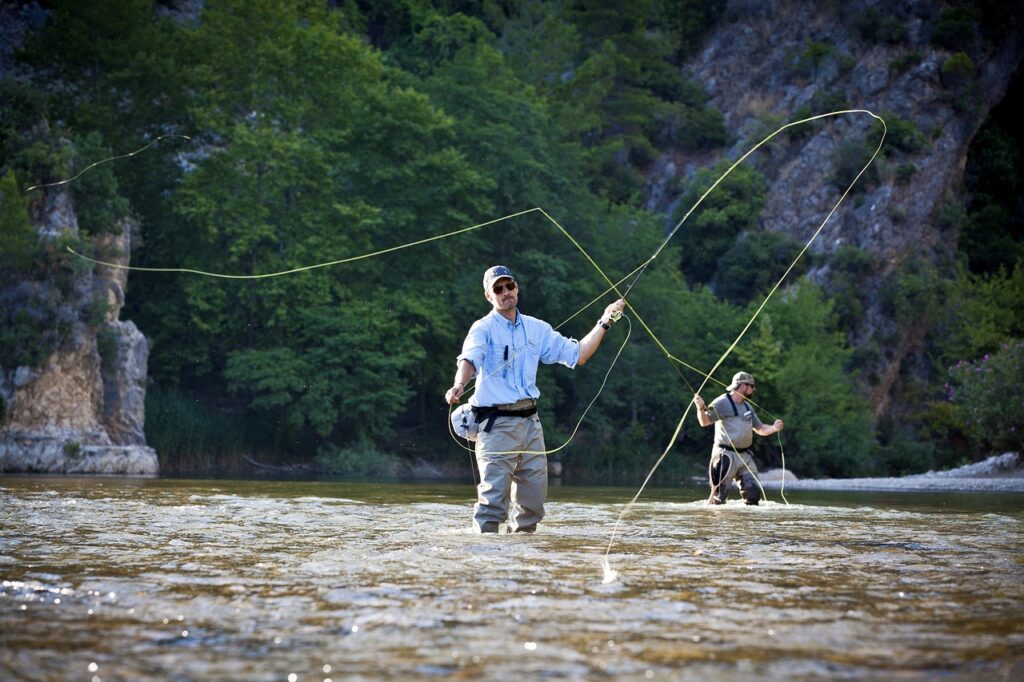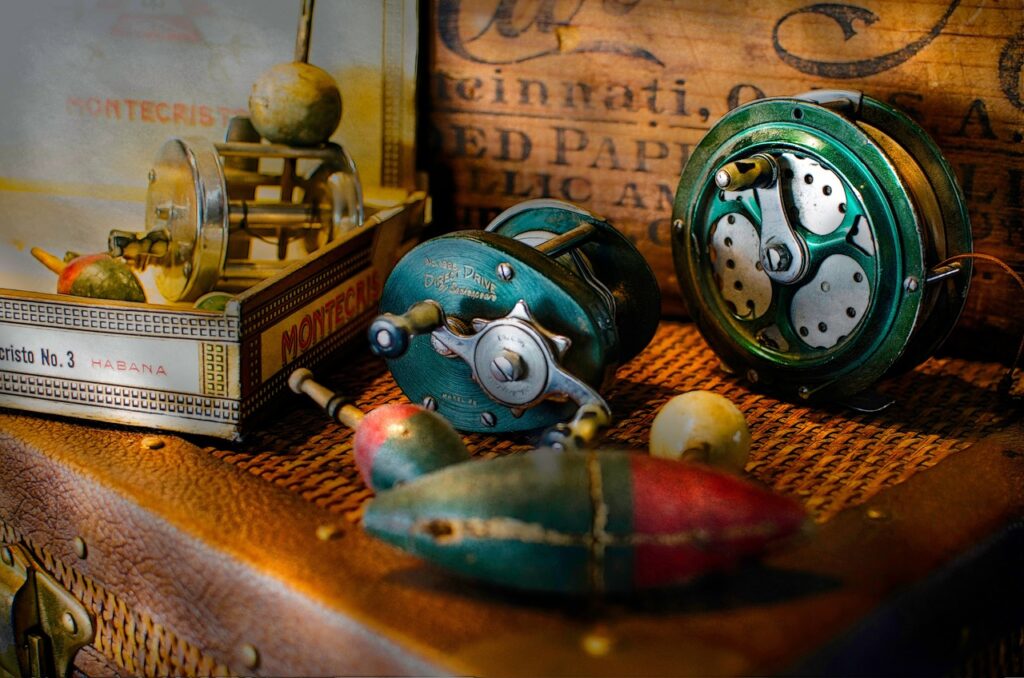
Welcome to the world of fly fishing! In this article, we will explore the ins and outs of a common technique known as the false cast. A false cast is a pivotal maneuver where you mimic the motion of casting without actually releasing the line to keep the fly airborne. It allows you to control the line, adjust distance, and dry out the fly before making a final presentation. So next time you’re out on the water, remember the importance of mastering the false cast for a successful fly fishing experience! What Is A False Cast In Fly Fishing?

Understanding the Concept of False Casting
When it comes to fly fishing, one term that you may come across frequently is “false cast.” But what exactly does this term mean? In simple terms, a false cast is a technique used in fly fishing where the angler makes a cast without actually letting the line touch the water. This technique is often used to change the direction of the cast, lengthen the line, or dry off the fly. In this article, we will delve deeper into the concept of false casting and explore why it is an essential skill for fly anglers.
Why Do Anglers Engage in False Casting?
If you are new to fly fishing, you may wonder why anglers would bother with false casting instead of just making a regular cast directly onto the water. There are several reasons why false casting is a valuable technique in fly fishing:
-
Adjusting the Aim: False casting allows anglers to adjust the direction of their cast without the fly landing on the water. This is particularly useful when trying to reach a specific target or avoid obstacles such as overhanging branches or vegetation.
-
Lengthening the Line: By false casting, anglers can extend the length of the line they are casting, which is essential when trying to cast to fish that are further away or are in deep water.
-
Drying the Fly: False casting helps dry off the fly, especially when fishing with dry flies that float on the surface of the water. Keeping the fly dry ensures that it remains buoyant and attractive to fish.
False casting is not only practical but also adds a level of finesse and precision to the angler’s technique, making it an indispensable skill to master.
How to Perform a False Cast
Now that you understand why false casting is essential in fly fishing, let’s delve into how to perform a false cast effectively. Here is a step-by-step guide to help you master this technique:
-
Start with the Basic Cast: Begin by making a standard overhead cast with your fly rod, sending the line out in the desired direction.
-
Stop the Rod Tip: As the line extends forward during your cast, abruptly stop the rod tip at the 12 o’clock position. This abrupt stop will allow the line to straighten out fully, preparing it for the next step.
-
Extend the Line Backward: Without letting the fly touch the water, extend the line backward by smoothly moving the rod back to the 10 o’clock position. This motion should be fluid and controlled to prevent any tangles or knots in the line.
-
Repeat as Necessary: You can continue false casting by repeating steps 1 to 3 until you are ready to make the final cast onto the water. Be mindful of your surroundings and adjust your false casting technique as needed to reach your target effectively.
By following these steps and practicing your false casting technique regularly, you will improve your overall fly fishing skills and increase your chances of landing that prized catch.
Tips for Effective False Casting
To make the most of your false casting technique, consider the following tips:
-
Practice Makes Perfect: Like any skill in fly fishing, mastering false casting requires practice and patience. Dedicate time to hone your technique, and you will see improvements over time.
-
Maintain Proper Timing: Pay attention to the timing of your false casts to ensure that the line unfurls correctly and smoothly. Timing is key to achieving optimal distance and accuracy in your casts.
-
Use the Right Amount of Force: Strike a balance between power and finesse when false casting. Applying too much force can lead to rough, inaccurate casts, while too little force may result in the line falling short of the target.
By incorporating these tips into your false casting routine, you will enhance your overall fly fishing experience and increase your success on the water.

Common Mistakes to Avoid
While false casting can be a beneficial technique in fly fishing, there are common mistakes that anglers should avoid to ensure effective casting and maximize their chances of catching fish. Let’s explore some of these mistakes and how you can prevent them:
Over-Frequent False Casting
One common mistake that anglers make is false casting too often. While false casting has its benefits, excessive false casting can spook fish and decrease your chances of getting a bite. Limit the number of false casts you make and focus on delivering accurate casts to your target.
Inaccurate Timing
Another mistake to avoid is inaccurate timing during false casting. If you fail to stop the rod tip at the correct positions or extend the line backward too quickly, your casts may be inaccurate or tangled. Practice your timing and ensure that each false cast is executed smoothly and with precision.
Using Too Much Power
Applying too much power during false casting can lead to a loss of control and accuracy in your casts. Instead of relying solely on power, focus on the fluidity and finesse of your casting motion. By finding the right balance between force and control, you can achieve more accurate and efficient casts.
By steering clear of these common mistakes and honing your false casting skills, you will become a more proficient angler and improve your chances of landing that trophy fish.

Conclusion
In conclusion, false casting is a valuable technique in fly fishing that can help anglers improve their casting accuracy, reach distant fish, and keep their flies dry. By understanding the concept of false casting, mastering the technique, and avoiding common mistakes, you can elevate your fly fishing skills and increase your success on the water. Remember to practice regularly, be mindful of your timing and force, and focus on delivering accurate casts to your target. With dedication and perseverance, you will become a proficient fly angler capable of handling any fishing situation that comes your way. Happy fishing!